How to feed a pumpkin in the open field during flowering and fruiting
Growing pumpkin it is considered a simple exercise, since this vegetable is quite unpretentious. However, despite this, you still have to periodically feed the plant to increase its yield. Pumpkin crops consume a lot of minerals during cultivation and therefore, without regular fertilization, you will not be able to get a good harvest. Before you start growing this vegetable, it is recommended to figure out how you can feed the pumpkin in the open field so that it will bear fruit well.
Why fertilize a pumpkin?
Many people call pumpkin a vegetable that differs from other crops for its considerable appetite. Because of this feature, pumpkin bushes consume a lot of nutrients when grown. To improve the supply of nutrients, the plant is planted only in fertile light soils. It is impossible to cultivate pumpkin in other soil, since it does not grow well.
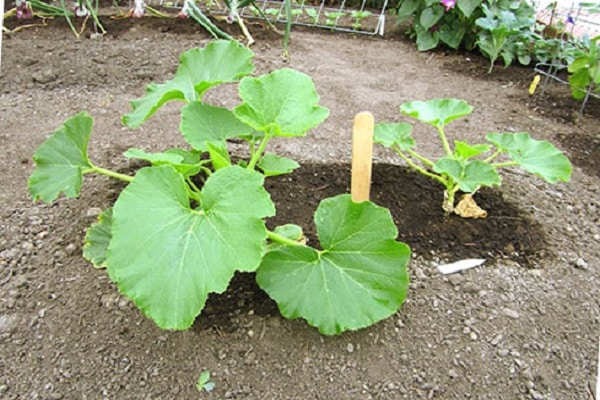
For normal growth, it is not enough just to plant the vegetable in suitable soil. In addition, you will have to fertilize the soil when preparing the planting beds and regularly feed the seedlings in the process of growing them. Top dressing of pumpkin in the open field is carried out so that it can gain weight and impose fruits. Also, fertilizing the soil accelerates the ripening of the fruits and makes them much tastier.
How to feed the pumpkin?
Fertilizing pumpkin is considered an important process on which the yield of the grown seedlings depends. Therefore, it is recommended to take seriously the choice of fertilizing for this plant.
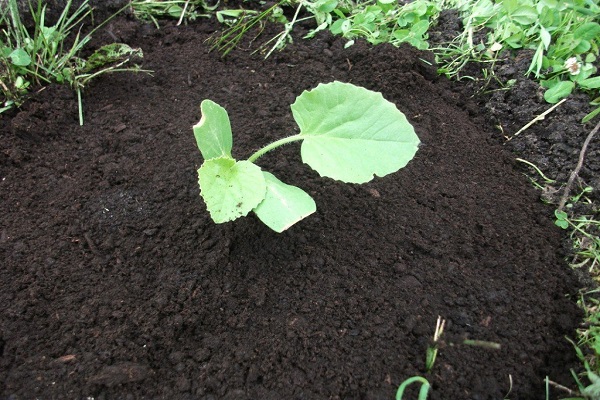
As with the cultivation of other vegetable crops, when caring for pumpkin, mineral and organic dressings are added to the soil. Potassium and nitrogen must be added to the soil, since pumpkin crops most of all need these substances.
At the first feeding of seedlings, gardeners use fertilizing with nitrogen. When the plant forms ovaries, fertilizers with phosphorus and potassium are added to the soil.
To properly care for and grow pumpkin bushes, organic fertilizers in the form of ash, peat or droppings must be used for feeding. Also, experienced growers use mullein solution, which increases yields. When fertilizing, some use folk recipes, thanks to which effective herbal infusions and yeast liquids are created to improve the growth of bushes.

Number of dressings per season
Determining the amount of nutrient application is quite difficult as it depends on various factors.In areas with fertile soil, pumpkin bushes are fed 3-4 times in one season. If the soil is not rich in nutrients, you will have to increase the amount of dressings up to 7-10 times.
Also, the amount of fertilization depends on the pumpkin variety that is grown in the garden. Long-leaved pumpkin varieties require a lot of nutrients and will therefore need to be fed more frequently. It is recommended to carefully monitor the condition of the bushes in order to timely notice the lack of nutrients. In plants that need additional fertilizing, the leaves gradually fade and turn yellow.

With a phosphorus deficiency, the bushes grow more slowly, and their lower leaves turn purple. Lack of nitrogen is accompanied by wilting and falling of leaves. When the bushes lack potassium, the formation of fruits is suspended and the leaves turn completely yellow. In order not to disrupt the process of fruit formation and to prevent diseases, it is necessary to regularly add missing nutrients to the soil.
Terms of dressing
Before you feed the pumpkin in July or June, you need to determine the exact timing of fertilization. If the plant was planted by seeds, and not by the seedling method, the first feeding is carried out when at least five real leaves appear on the bushes. The next time the procedure is carried out after the flowering of the seedlings.

When growing pumpkin bushes in seedlings, the amount of dressing increases. The first is carried out in the spring, one and a half weeks after the first shoots appear. At the same time, a mixture of organic fertilizers is added to the soil, the temperature of which should not be less than 15–20 degrees. The second is carried out a week before transplanting the seedlings into open soil.
The next time the planted plants are fertilized two weeks after transplanting into the garden. The last time the pumpkin is fed is in August or late July, when the first whips appeared on the bushes.
Preparing pumpkin beds
When preparing beds for pumpkin crops, the site is not only dug up, but also treated with fertilizers. When feeding a pumpkin plot, add:
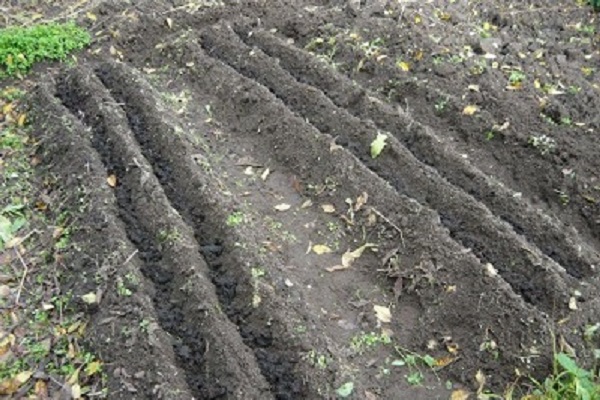
- 5–6 kg of organic mixtures of compost or manure;
- 20-40 grams of potash fertilizers;
- 35 grams of superphosphate;
- complex fertilizers, the method of application of which is determined according to the instructions.
Areas with heavy soil are treated with ash, which will loosen the soil.
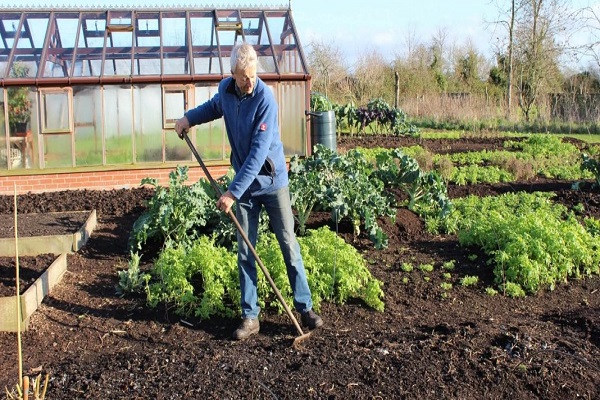
Organic introduction when caring for pumpkin
The addition of organic matter to the ground begins even during the period of planting the pumpkin in the garden. Each well is added 50-100 grams of wood ash, which will accelerate the growth of seedlings and their adaptation to climatic conditions. To prepare a feed mixture from ash, the substance is mixed with 5–7 liters of warm water.
During the period of pumpkin cultivation, it is recommended to feed it with a mullein or special slurry. To prepare such a feed mixture, manure is mixed with water in a ratio of one to ten. A mixture made from chicken manure is also used. Such fertilizing liquids are carefully added under each bush so that the mixture does not accidentally fall on the leaves. One plant consumes at least a liter of organic fertilizers from manure for pumpkin.
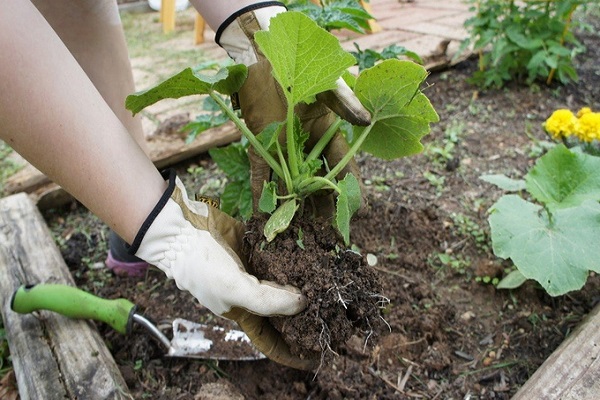
Mineral fertilizers for pumpkin care
When growing pumpkin seedlings, mineral fertilizing is often used. It is recommended to alternate the types of fertilizers with each other so as not to oversaturate the soil.
How to feed pumpkin during flowering and fruiting? At the first introduction of mineral components, it is recommended to use urea with ammophos. To prepare such a solution, at least 15 grams of substances are added to a bucket of water.When re-feeding, completely different components are used - superphosphate with phosphorus. In this case, 25–30 grams of each substance is added to a bucket of water to create top dressing. For the third time, the site is fed with a mixture prepared from potassium sulfate.
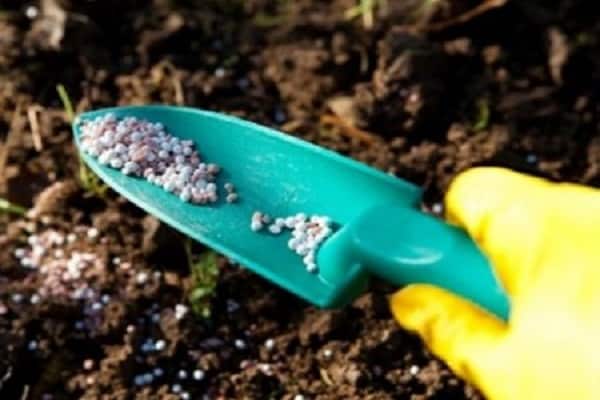
Folk remedies
Some vegetable growers, when growing pumpkin crops, use folk recipes for the preparation of dressings. There are two most commonly used recipes:
- Ammonia. Sometimes, after planting, the soil is fed with a mixture made from ammonia. To create it, add 50-70 ml of ammonia to five liters of water. Then the prepared liquid is carefully poured under each bush.
- Yeast. Feeding pumpkin with yeast is popular among vegetable growers. 150 grams of yeast is added to 10 liters of water and mixed thoroughly. Then ash and 120 grams of sugar are added to the container, which will be needed to control the nitrogen level in the soil.
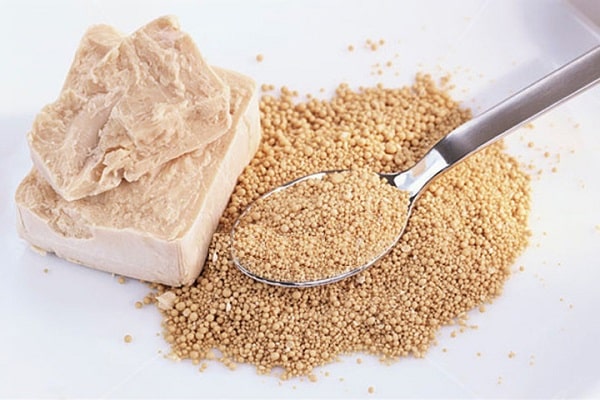
Foliar dressing
In the open field, pumpkin feeding is often carried out with foliar fertilizers. They are recommended for use in severe drought, when the bushes lack nutrients for normal growth. For foliar dressing, the following means are used:
- Kemira. 200 grams of this drug is added to 10 liters of water, after which the mixture is mixed and infused for 20 minutes.
- Urea. A mixture of urea is prepared from a bucket of water and 20 grams of the substance. The liquid is used to spray the leaves of bushes.
- Mineral components. To prepare a solution from mineral components, 35 grams of superphosphate, potassium salt and sulfate are added to a bucket of water.

Whip care
Caring for the pumpkin is considered the most important part of growing this plant, as the yield of the seedlings depends on the correct care. Before leaving, you should not only figure out how to fertilize the pumpkin so that it grows well, but also decide what to do with its whips.
All shoots more than one meter high must be sprinkled with soil in order to improve the stability of the bush. To do this, all long lashes should be carefully untangled and laid on the ground. Over time, they will have small roots, which will also feed the bush.

Conclusion
Almost all gardeners are engaged in pumpkin cultivation. In order for this plant to bear fruit better, you will have to deal with the peculiarities of feeding the planted bushes.
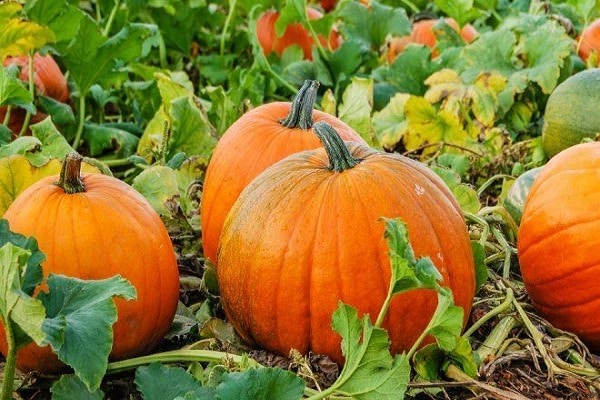


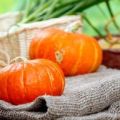

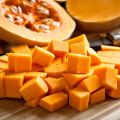





The pumpkin has been growing in our country for a long time, and we love it very much in any form. That is why we are waiting for a good harvest, and as it was rightly noted, it requires feeding. We use the facility BioGrow, very happy with the result.